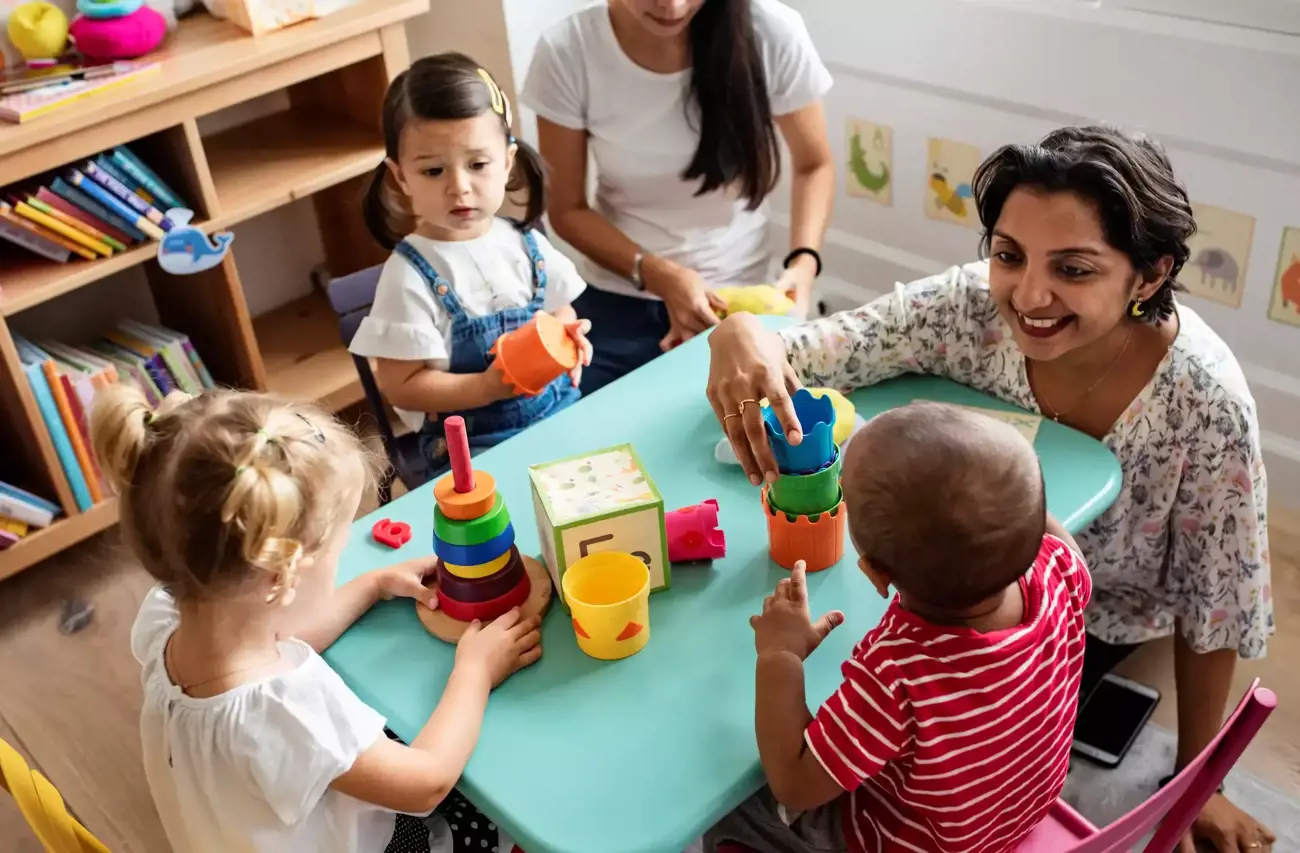Albert Einstein once said, “If I can’t picture it, I can’t understand it.” Like the mind of that remarkable man, children’s brains process information in ways that we don’t always understand.
And just like Einstein, visual communication tools such as illustrations, photographs, signs and charts can be particularly useful in improving understanding and helping along the development of early learners, while also encouraging positive behaviours.
As we know, the spoken vocabulary of young children is generally quite limited, simply because they have not yet had the time or opportunity to learn a large number of words. This does not mean that their understanding is equally limited though.
A young child may recognise a concept, behaviour, action or emotion if they see it or feel it, without necessarily being able to name it. In such cases, visual aids such as a chart of faces showcasing different emotions or posters illustrating a variety of activities available, can help non-verbal children - or those with limited communication skills - to make themselves understood.
These kinds of visual aids can be especially useful for children with developmental delays, Down syndrome or autism spectrum disorder and children from a culturally diverse or non-English speaking background.
Images cross language barriers. They are generally more easily understood and retained by all children, including those who are differently abled. And they can quickly and easily explain a concept, action or behaviour in a way that is clear, concise and accessible to a broad range of people.
According to Ramapo for Children, a training and education organisation in the US, visuals help children to:
- Process at their own speed
- More clearly understand what is being asked
- Remember what to do, and in what order
- Become more independent, instead of taking all direction from adults
- Make their needs known if they can’t do so verbally
- Follow through without engaging in a verbal battle
When using visual aids, introduce them to the children and explain their use. The children can then participate in putting their own visual timetable together, for example ‘morning tea’, ‘story time’, ‘art time’, ‘outdoor play’, ‘lunch’, ‘nap time’, ‘arts and crafts’ and ‘home time’.
Make sure that visuals are simple and easily recognisable, as well as visible and accessible at all times, so that the children can refer to them themselves.
Young children can’t yet read instructions, but a visual routine or schedule will enable them to move from one task to the next when they’re ready, without needing to ask for directions.
If a child might find a full-page schedule overwhelming and too difficult to follow, put a flip book together instead showing two or three images only, with ‘first’ and ‘then’ or ‘next’ written above.
This can keep them from getting confused or distracted with too many activities at once by showing them only what they are doing now and what will come next so that their day is broken up and more easily digested.
If you’re looking for ideas on how to include visual aids in your classroom, here are some ideas:
Emotion charts
Help children recognise, name and express their emotions in an easy and non-confronting way by putting together a poster of faces expressing different emotions. Teach the children what each face is saying about how that person is feeling, using real examples of how different situations have made them feel sad, angry, joyful, etc. Then keep the chart in a place where they can see and access it so that they can refer to it when necessary.
Illustrated menus
Give young children a sense of power and independence at mealtimes by providing images of two food options and letting them tell you what they want. This will not only boost their sense of control and self-esteem, it will also make it more likely that they will eat their meal.
Cubby photos
Place photos of each child’s face next to their name on a cubby used for their bag and other belongings. This will allow them to easily find their things and give them a sense of ownership.
Behavioural illustrations
Use images of children engaging in positive behaviours such as sharing, taking turns, using gentle hands, tidying up, using the toilet, washing hands, etc. This will remind the children of how they are meant to act and interact with one another, without you having to constantly prompt them.
Show the steps for self-care activities
Post photos or drawings of the necessary steps for going to the toilet, washing hands, putting on shoes, applying sunscreen, etc to encourage children to gain independence in these areas. They will likely still need help and supervision, but only step in when necessary.
By enabling and encouraging independence, visual aids can help to alleviate power struggles with toddlers, as they are able to make their own choices and have more control over how they spend their time.
While they wouldn’t be able to read a list of activities, or a menu of food choices, having these items listed in a visual way will give young children desperate to showcase their independent skills and their ability to make their own choices the power to do so.
Ireland’s National Council for Special Education published a very useful guide for how to use visuals to support communication with all children, but especially those with special needs. In it, the author says that, “for some pupils, having visuals to show them what will happen next reduces stress and anxiety as it adds predictability to the task,” making them even more useful in helping children return to normality after all of the recent upheavals they have had to deal with.
































